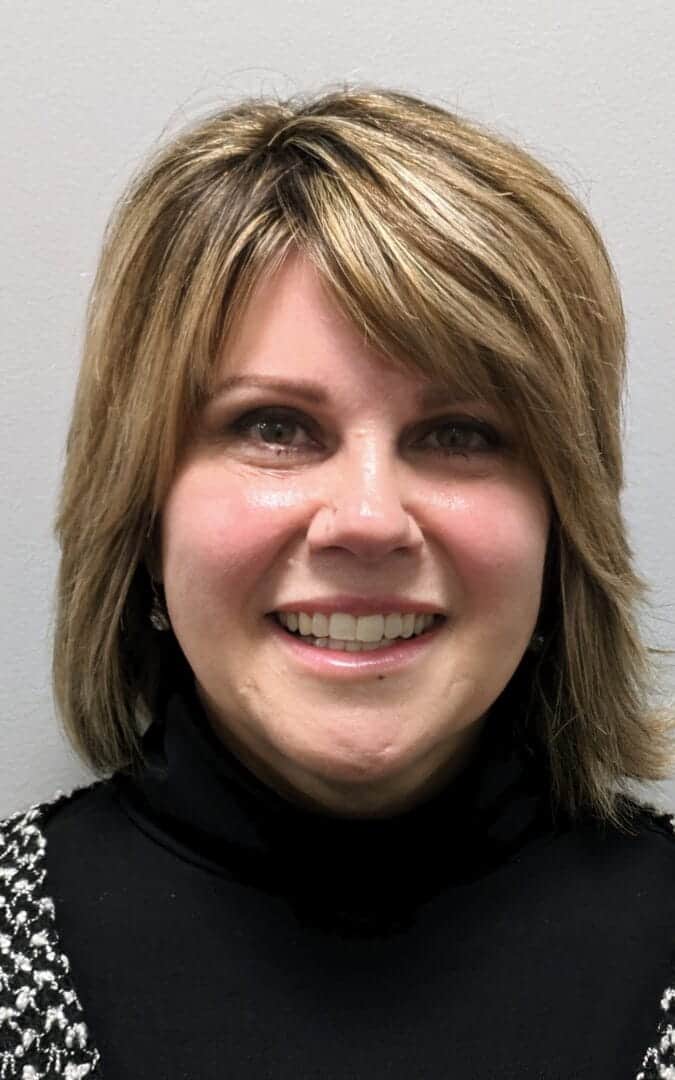
Table of Contents
Key Takeaways
- Cravings are a normal part of addiction recovery, but they can be managed effectively.
- Recognizing triggers is critical to managing cravings during outpatient treatment.
- Strategies like mindfulness, coping skills, and understanding withdrawal symptoms help reduce cravings.
- Long-term recovery requires ongoing support and having a plan to handle drug and alcohol cravings.
Introduction
Cravings are one of the most challenging aspects of recovering from substance use disorders. These strong urges to use drugs or alcohol can pop up unexpectedly, making it hard to stay on track during outpatient addiction treatment. However, managing these cravings is possible with the right strategies and support. Understanding where cravings come from, what triggers them, and how to handle them is crucial for anyone on the road to recovery.
In this article, we’ll explore how to manage cravings during outpatient addiction treatment, focusing on practical ways to cope and stay sober.
What Are Cravings and Why Do They Happen?
Cravings are intense desires to use a substance, like drugs or alcohol. They can be physical or emotional, and they often feel overwhelming. Cravings are a normal part of the addiction recovery process. They happen because your brain and body have become used to the effects of substances, and when you stop using, your body craves that feeling again.
During withdrawal, cravings can be especially strong. The brain, which has been affected by substance abuse, triggers these urges because it’s looking for the same relief or pleasure that the substance once provided. These cravings can vary in intensity and frequency, especially in the early stages of recovery.
Cravings often happen because of triggers, which are things that remind you of substance use. These can be emotional triggers, like stress or sadness, or physical triggers, like places or people that you associate with using drugs or alcohol.
Common Triggers That Can Lead to Drug and Alcohol Cravings
Triggers are the things that can spark a craving. They can come from your environment, your emotions, or even from certain situations. Knowing your triggers can help you prepare for them and avoid falling into old habits.
- Environmental Triggers: These are people, places, or objects that remind you of using drugs or alcohol. For example, visiting a friend’s house where you used to drink can make you feel the urge to use again.
- Emotional Triggers: Emotions like anger, sadness, stress, or boredom can trigger a craving. Many people use substances as a way to cope with difficult emotions, so feeling these emotions without using them can lead to cravings.
- Physical Triggers: Withdrawal symptoms or feeling physically uncomfortable can also trigger cravings. For instance, feeling anxious or shaky may remind you of the relief substances once provided.
- Situational Triggers: Certain situations, like parties or gatherings where alcohol or drugs are present, can be tempting. Being in these settings might make resisting the urge to use harder.
Learning to identify your triggers is the first step to preventing cravings from controlling your actions. Once you know what sets off your cravings, you can develop strategies to avoid or manage them.
Strategies for Managing Cravings During Outpatient Addiction Treatment
Managing cravings is a key part of outpatient addiction treatment. With the right tools, you can learn to handle cravings when they arise and reduce their impact over time.
- Mindfulness Techniques For Triggers and Cravings
Mindfulness means being aware of your thoughts and feelings without judgment. It can help you stay calm and focused when a craving hits. By paying attention to the present moment, you can reduce the power of the craving.- Practical Tips: When you feel a craving, try deep breathing exercises, meditation, or yoga. These activities can help you slow down and regain control over your thoughts and actions.
- Cravings For Alcohol and Drugs Coping Skills
Developing healthy habits and coping skills can give you something to do instead of turning to substances. Finding positive activities that keep you busy can make a big difference in managing cravings.- Practical Tips: Engage in activities like exercising, cooking, or drawing. Surround yourself with people who support your recovery, and avoid those who might encourage you to relapse.
- Distraction Techniques For Ways to Manage Triggers and Cravings
Sometimes, the best way to manage a craving is to distract yourself until the feeling passes. Focusing on something else can reduce the intensity of the craving.- Practical Tips: When a craving strikes, try going for a walk, cleaning the house, or calling a friend. Doing something active can help distract you from the urge to use it.
- Cognitive Behavioral Therapy (CBT) For Substance Use Disorder
CBT is a type of therapy that helps you recognize negative thoughts and behaviors and replace them with positive ones. It’s very effective in treating addiction and managing cravings.- Practical Tips: Work with a therapist who specializes in addiction. They can help you change how you think about cravings and teach you techniques to overcome them.
- Support Systems For Substance Abuse Recovery
Having a strong support system can make it easier to manage cravings. Surrounding yourself with people who care about your recovery will encourage you when you need it most.- Practical Tips: Stay connected with family, friends, or support groups. Sharing your experiences with others who understand what you’re going through can provide valuable support.
Managing cravings is an ongoing process, and staying proactive is essential. The more tools you have, the better you’ll be at controlling cravings.
The Importance of Long-Term Strategies for Craving Management For Inpatient Treatment Center Programs
Managing cravings doesn’t stop when your outpatient treatment ends. It’s essential to have a long-term plan in place to help you maintain your sobriety in the future.
- Triggers and Cravings: Triggers can still arise long after you’ve stopped using substances. Knowing your triggers and practicing the skills you’ve learned during treatment will help you handle these moments.
- Consistency in Practicing Coping Skills: It’s important to keep using the coping skills you’ve developed, even when feeling strong. Regularly practicing mindfulness, distraction techniques, and staying active can help keep cravings at bay.
- Regular Support and Follow-Up: Continuing with support groups or therapy after treatment is key. Even if you feel you have control over your cravings, staying connected to a support network is important. This ongoing support can help prevent relapse and keep you focused on your recovery goals.
By having a long-term plan in place, you’ll be better prepared to handle cravings whenever they arise, helping you stay on track for a successful recovery.
Conclusion
Cravings are a normal part of recovery, but they don’t have to control your life. By understanding your triggers, practicing coping skills, and building a solid support system, you can manage cravings and stay on the path to long-term recovery.
If you or someone you know is struggling with cravings during recovery, call Virtue Recovery Center at 866-461-3339 today. We’re here to help you develop a plan for managing cravings and achieving lasting sobriety.
FAQs About Managing Cravings and Triggers During Outpatient Addiction Treatment
What are cravings during addiction recovery?
Cravings are strong urges to use drugs or alcohol that can occur during substance abuse recovery.
Why do cravings happen?
Cravings are often triggered by certain feelings, places, or situations that remind a person of their past substance use. Withdrawal symptoms can also cause cravings.
How can I manage cravings during outpatient treatment?
You can manage cravings by using mindfulness, developing coping skills, and surrounding yourself with a support network.
Can cravings go away over time?
Cravings may lessen as you continue your recovery, but they can still occur long after you’ve stopped using substances. Having a long-term plan for managing cravings is essential.
What are common triggers for cravings?
Triggers can include stress, familiar places, emotional situations, and physical discomfort related to withdrawal.
Resources
https://www.webmd.com/mental-health/addiction/tips-to-curb-opioid-cravings
https://rethinkingdrinking.niaaa.nih.gov/tools/worksheets-more/handling-urges-drink
https://www.ncbi.nlm.nih.gov/books/NBK601490/box/ch3.b35/?report=objectonly
Are You Covered For Treatment?
At Virtue Recovery Center, we understand the importance of accessible care. That’s why we’re in-network with numerous private insurance companies, ensuring that your journey to recovery is supported from the start. Let us help you quickly and easily verify your insurance coverage. Begin your path to healing today.
- About the Author
- Latest Posts
Gigi Price( Clinical Director )
Gigi Price holds licenses as a Master Social Worker and Clinical Drug Counselor. She completed her master’s degree in Social Work at Texas State University. Over the last decade, Gigi has been dedicated to utilizing evidence-based practices to enhance patient care and treatment planning, resulting in positive, long-term outcomes for patients and their families. Her passion lies in creating a treatment environment where professionals collaborate to bring about positive change and provide a safe, trustworthy therapeutic experience. Patients can be confident in receiving top-quality care under her leadership.
In her role as the Clinical Director of Virtue Recovery Houston, Gigi conducted research to identify the most effective approaches for treating patients with acute mental health diagnoses, PTSD, and Substance Use Disorder. She then assembled a team of skilled clinicians who could offer various therapeutic modalities, such as Cognitive Behavioral Therapy (CBT), Dialectical Behavioral Therapy (DBT), Acceptance and Commitment Therapy (ACT), Somatic Exposure, Eye Movement Desensitization and Reprocessing (EMDR), and Cognitive Processing Therapy (CPT). Gigi takes pride in overseeing the development and implementation of Virtue Houston’s Treatment Program, which includes two specialized therapeutic curricula tailored to the unique needs of individuals struggling with mental health issues, addiction, and PTSD.
Key Takeaways The opioid crisis changed the way we treat …
Key Takeaways Narrative therapy helps people reframe their life stories …
Key Takeaways Some drugs are harder to quit because of …
Key Takeaways Nalbuphine is a synthetic opioid used for treating …
Key Takeaways Fentanyl is a powerful synthetic opioid, up to …
Key Takeaways Meth contamination happens when a home has been …

























